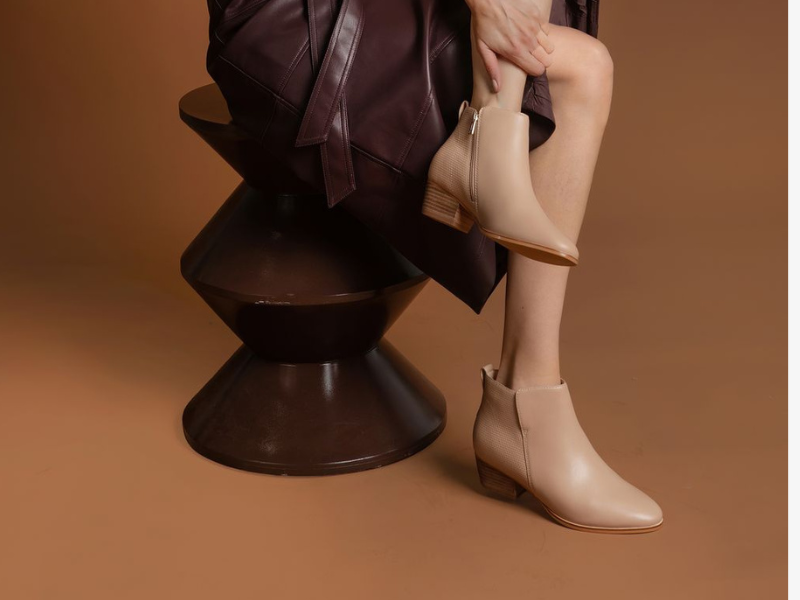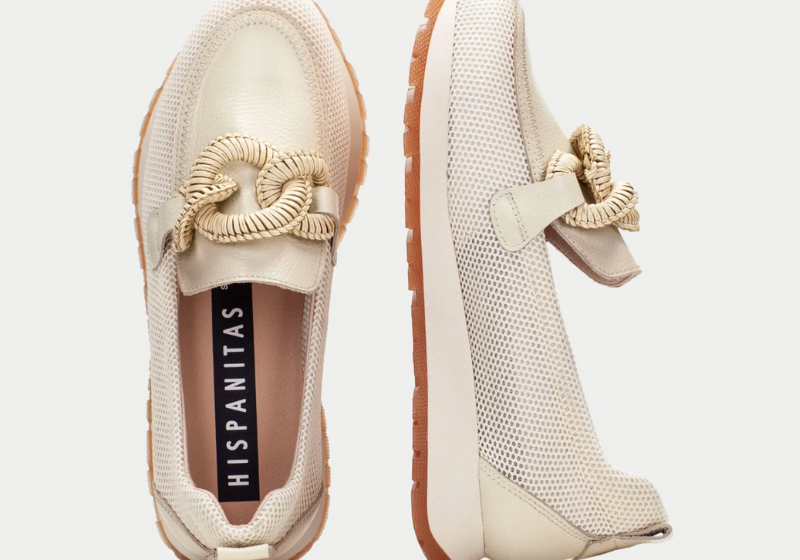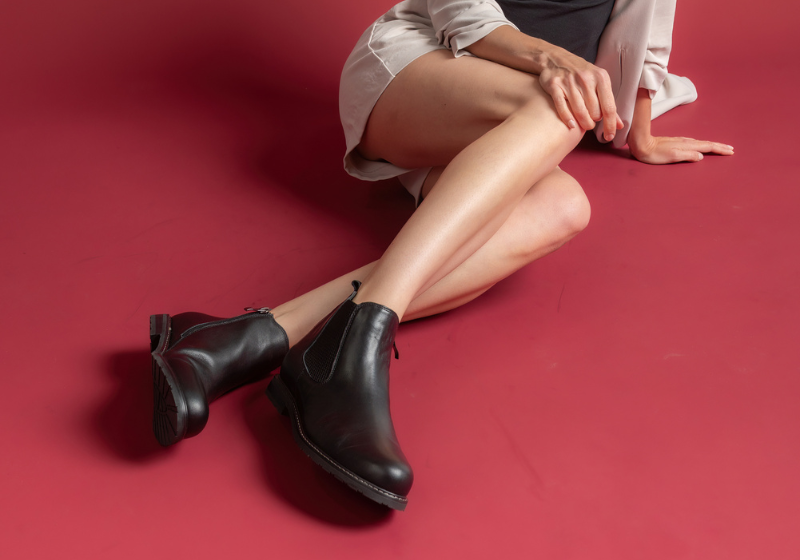Footwear has played a pivotal role in fashion, culture, and functionality throughout history. From ancient civilizations to modern times, women's shoes have evolved significantly, reflecting societal norms, technological advancements, and fashion trends. Let’s take a journey through time to explore the fascinating evolution of women’s footwear.
Ancient Civilizations: Functionality Meets Status
In ancient Egypt (circa 3500 BCE), women primarily walked barefoot, with sandals reserved for the wealthy or noble classes. These sandals were made from papyrus, palm leaves, or leather and signified social status. Similarly, in ancient Greece, women wore simple leather sandals, while in Rome, footwear became a marker of class distinction. Roman women of high status donned intricately designed shoes dyed in luxurious colours such as red and gold.
The Middle Ages: Modesty and Practicality
During the medieval period (5th–15th century), women’s footwear prioritised modesty and practicality. Shoes were primarily flat and made of leather or cloth, often resembling slippers. The pointed-toe Poulaine style, originating from Europe in the 14th century, became a symbol of fashion among the aristocracy. However, the church and societal expectations enforced simple and modest footwear for most women.
The Renaissance: Embellishments and Heels Emerge
The Renaissance (15th–17th century) saw the introduction of elaborate shoe designs, reflecting a renewed focus on artistry and luxury. One of the most notable styles was the chopine, an exaggerated platform shoe worn by Venetian women, sometimes reaching over 20 inches in height! These shoes, while impractical, signified wealth and social standing. During this period, heels also began making their way into women’s fashion, influenced by men’s footwear styles.
The Baroque and Rococo Eras: The Rise of the Heel
By the 17th and 18th centuries, heeled shoes became a staple in women's fashion. The Louis heel, named after King Louis XIV of France, featured a curved, ornate design and was widely adopted by noblewomen. Shoes were often made of luxurious silk, embroidered with intricate patterns and adorned with decorative buckles. This era marked the beginning of shoes being designed for fashion rather than mere functionality.
The 19th Century: Industrial Revolution and Feminine Elegance
The 19th century saw significant changes in women’s footwear due to industrial advancements. Factories allowed for mass production, making shoes more accessible. The introduction of boots, such as the Victorian lace-up boot, became fashionable and practical. By the late 1800s, heeled shoes, particularly pumps and oxford-style shoes, gained popularity, emphasising femininity and sophistication.
The 20th Century: Fashion Revolutions and Innovation
The 20th century was a revolutionary period for women’s footwear. In the 1920s, flapper-style T-strap heels became popular, while the 1950s introduced the iconic stiletto heel, credited to designer Roger Vivier. The 1960s and 1970s embraced bold colours, platforms, and go-go boots, reflecting cultural shifts and women’s empowerment. The 1980s and 1990s saw a blend of comfort and style, with sneakers, ballet flats, and block heels gaining traction.
The 1920s
The 1950s
The 1970s
Modern Trends: Versatility and Sustainability
Today, women’s footwear blends fashion, comfort, and sustainability. Sneakers have become a staple in everyday fashion, while designers continue to innovate with high heels, platforms, and eco-friendly materials. Technology has also played a role, with 3D-printed shoes and ergonomic designs catering to modern lifestyles.
Women’s footwear has come a long way from its humble beginnings to the dynamic, trend-driven industry we see today. Whether influenced by social status, practicality, or artistic expression, shoes remain an essential part of fashion and identity. As trends continue to evolve, one thing is certain—women’s footwear will always be a reflection of history, culture, and innovation.




